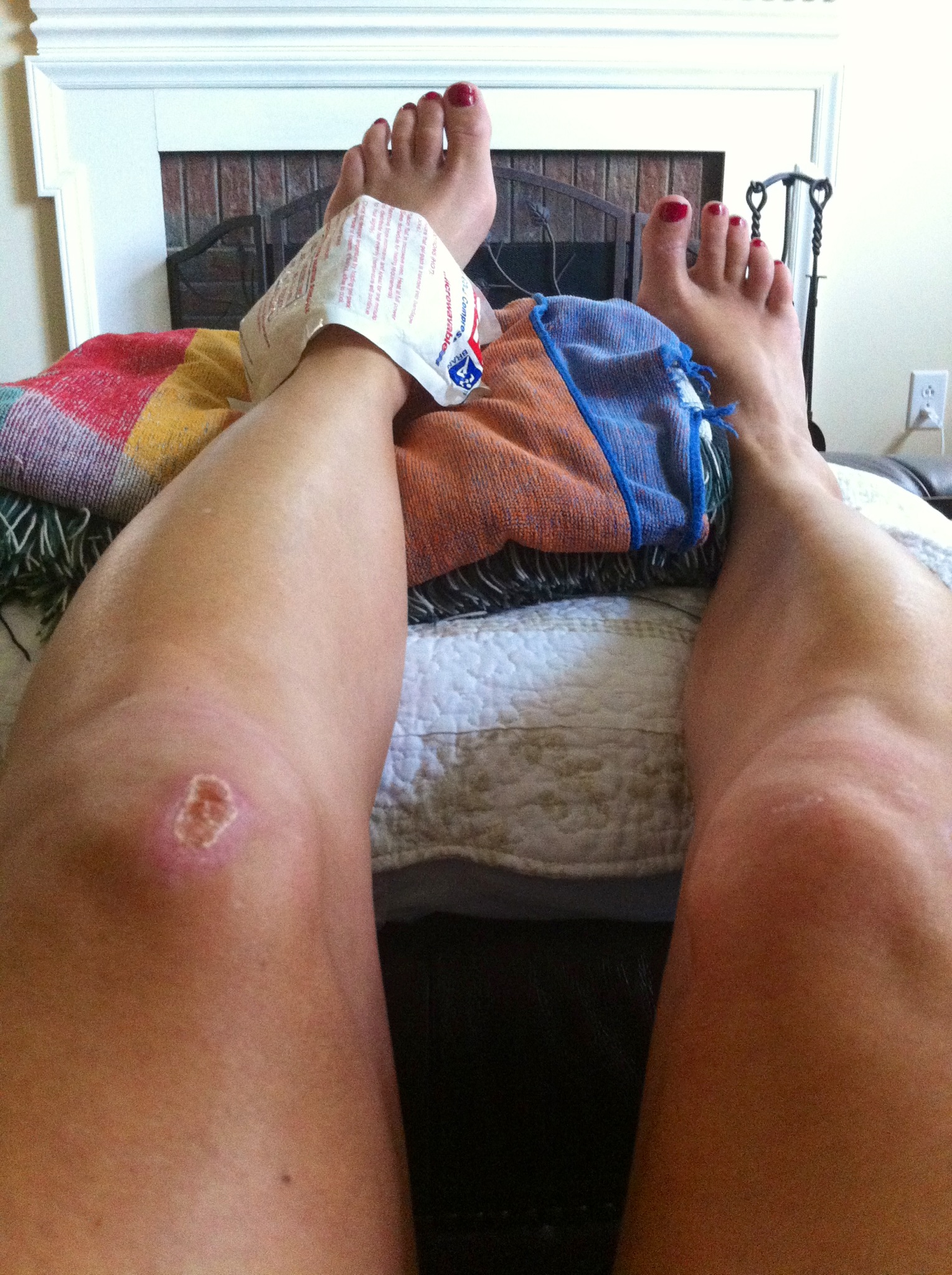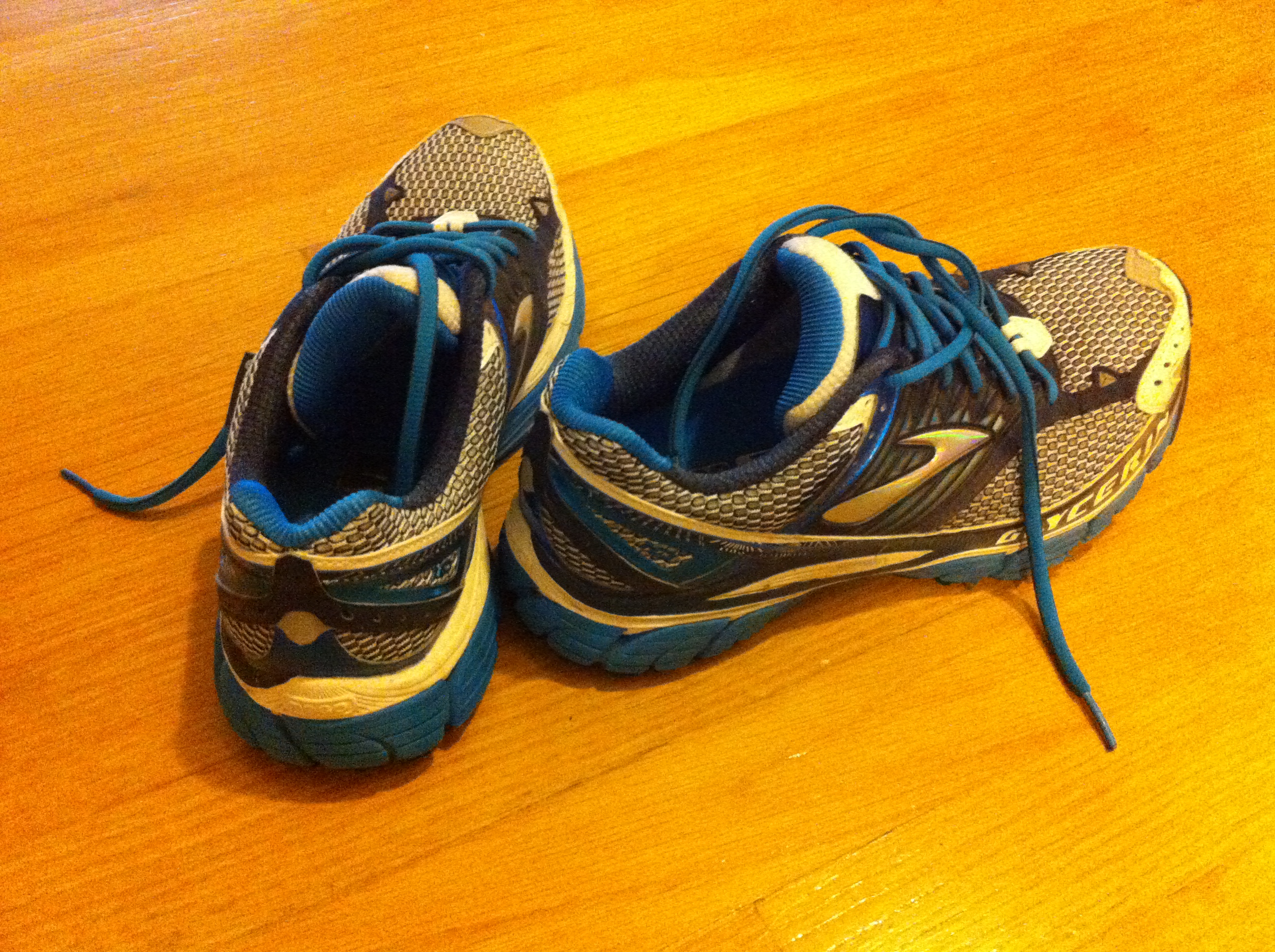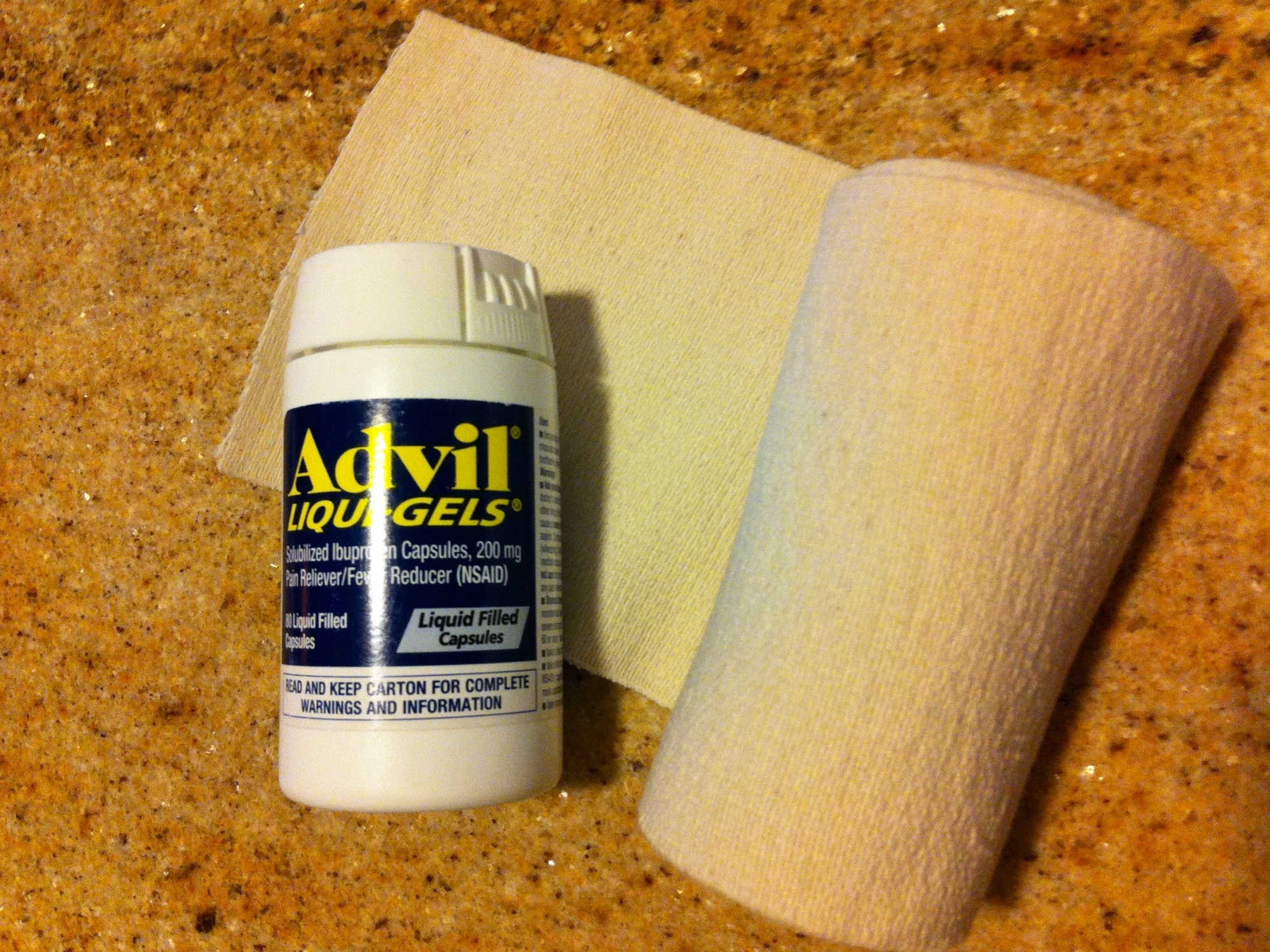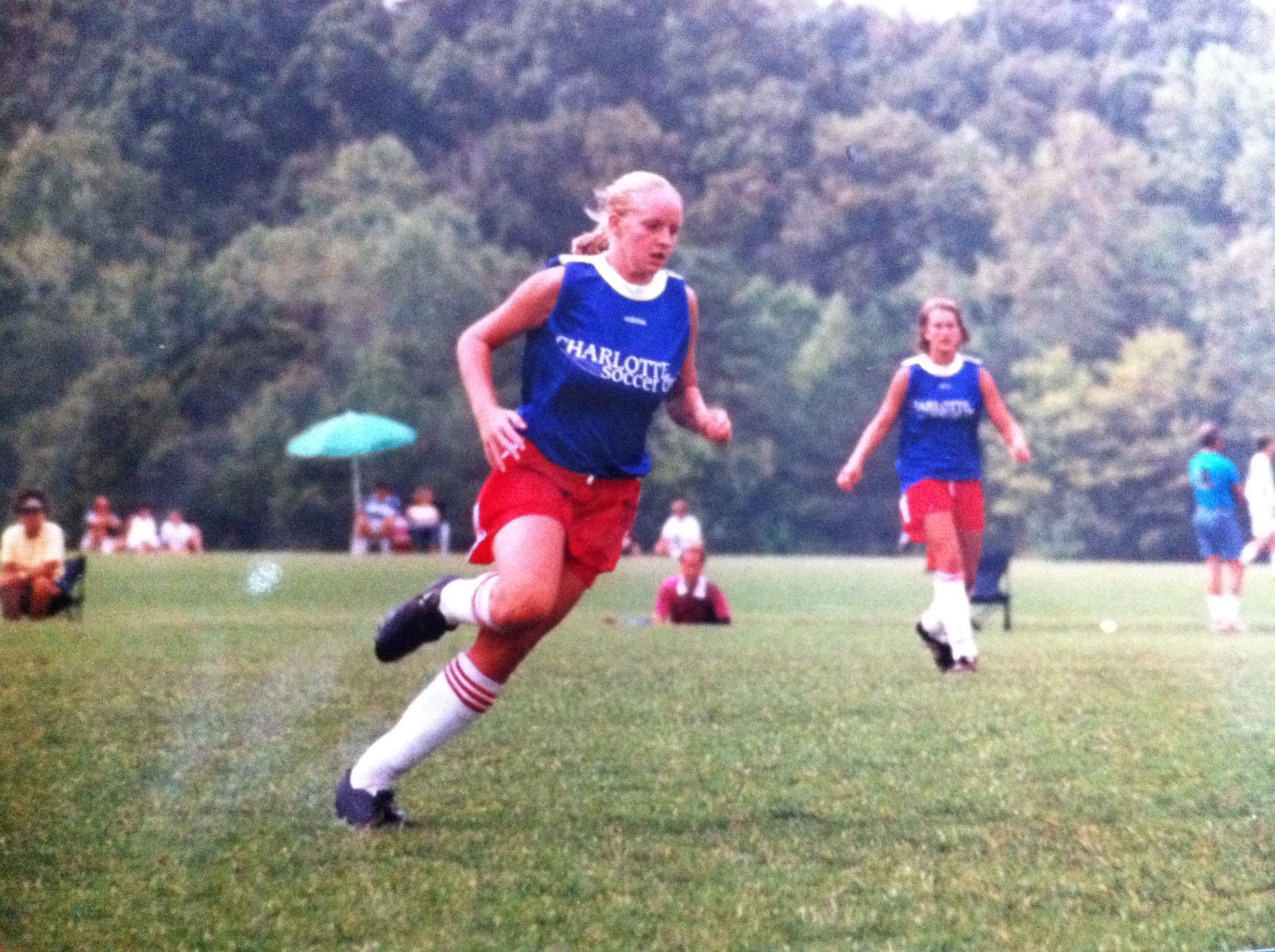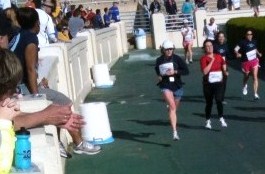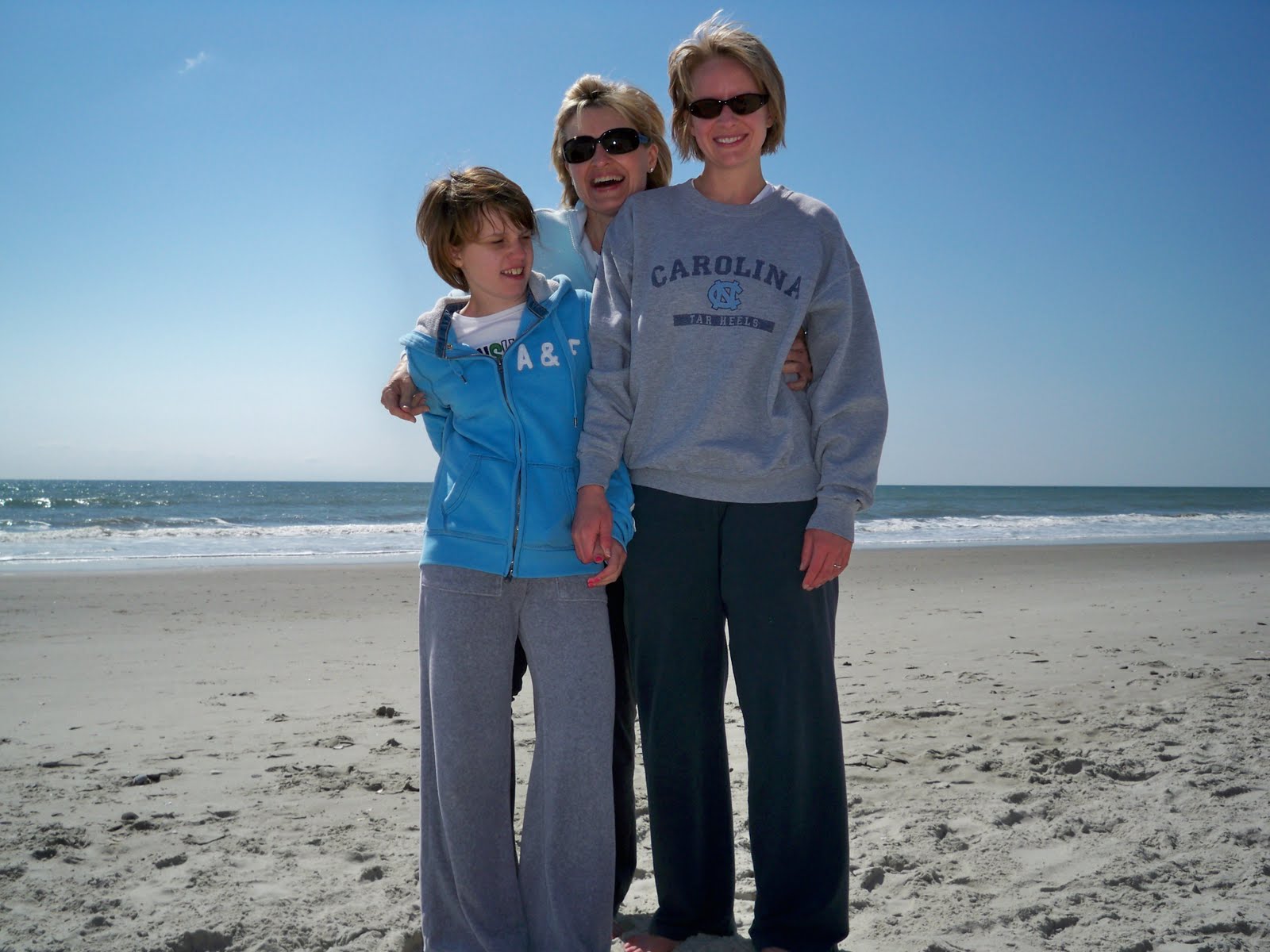Tonight, the U.S. women could win the World Cup final for the first time since 1999.
I was 17 the last time the American women won soccer’s top prize. In the summer of ’99, I was a high school midfielder with great speed, a long throw and a competitive streak that didn’t match my quiet personality off the field. I idolized the national team players I’d grown up watching and dreamed of playing at the next level. continue reading →

